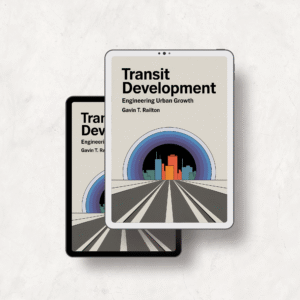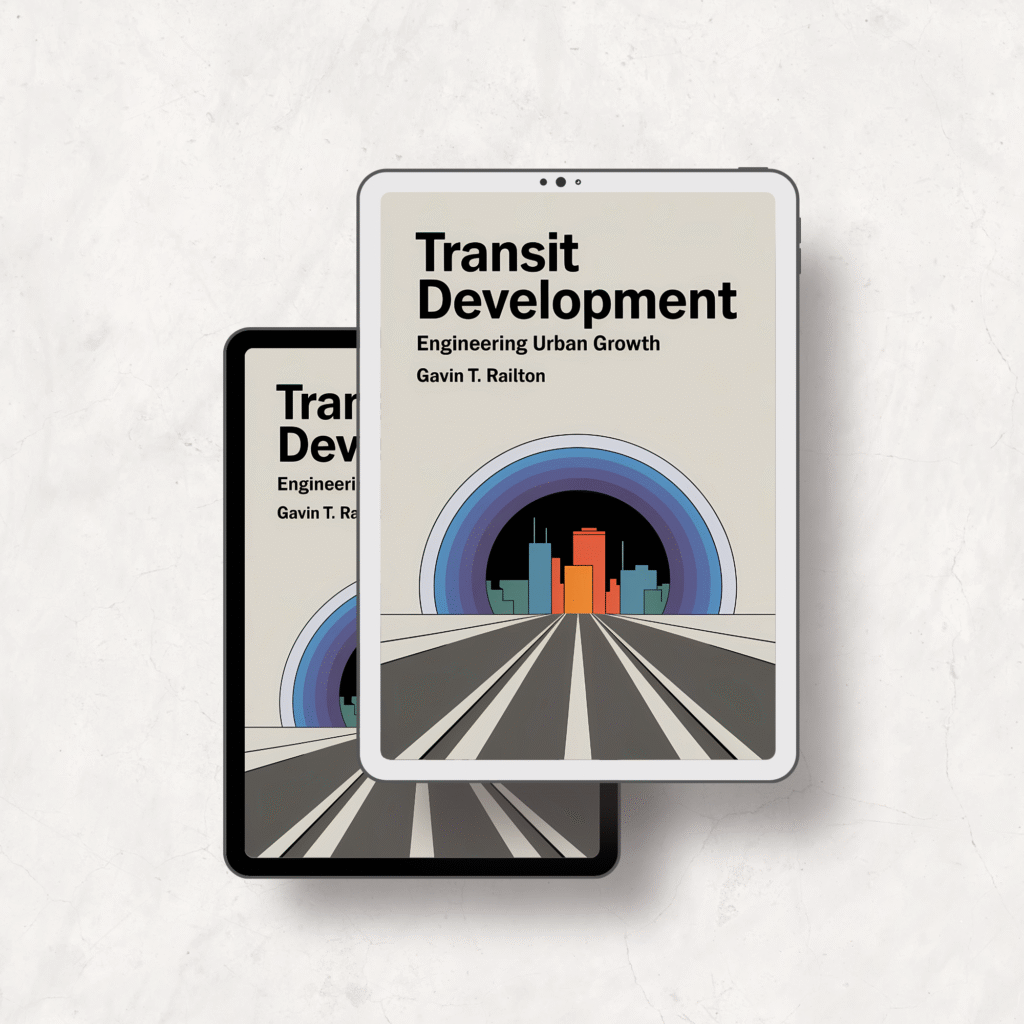Transit Development Engineering Urban Growth – Complete Guide to Sustainable Urban Planning

Transform your city’s future with strategic transit development that drives sustainable urban growth and community prosperity. Urban planners and community leaders face mounting pressure to create transit systems that balance mobility needs with environmental sustainability and social equity. This comprehensive guide provides actionable frameworks for engineering urban growth through innovative transit development strategies, community engagement practices, and cutting-edge technology integration.
Whether you’re navigating complex funding models, implementing smart city solutions, or fostering inclusive community development, this essential resource delivers practical insights that translate theory into transformative action. Discover how world-class cities achieve sustainable transit development while building resilient, equitable communities for the future.
What You’ll Discover
- Strategic Transit Planning Frameworks: Master comprehensive approaches to align urban mobility with sustainable community development goals
- Innovative Funding Models: Learn proven strategies including public-private partnerships, value capture, and social impact investing to secure project financing
- Community Engagement Excellence: Discover collaborative problem-solving techniques that build trust and ensure transit equity for diverse populations
- Smart Technology Integration: Implement data analytics, AI-driven scheduling, and Mobility-as-a-Service platforms for adaptive transit systems
- Environmental Sustainability Strategies: Apply green infrastructure solutions, renewable energy integration, and carbon reduction techniques
- Real-World Implementation Guidance: Access case studies, performance metrics, and actionable templates for immediate practical application
Why This Book Matters
Urban transit development has become the cornerstone of sustainable city planning, directly impacting economic growth, social equity, and environmental resilience. This guide addresses critical challenges facing urban planners today, from securing adequate funding to engaging diverse communities in meaningful participation. You’ll gain expertise in creating multimodal networks that enhance accessibility while fostering collaborative stakeholder relationships.
The strategic frameworks presented transform complex urban mobility challenges into manageable, actionable solutions. With rising urbanization and climate concerns, mastering transit development engineering has never been more crucial for creating vibrant, interconnected communities that thrive economically and environmentally.
Key Features
This comprehensive ebook spans multiple detailed chapters covering strategic planning, innovative financing, community engagement, technology integration, and environmental sustainability. Available as an instant digital download, you’ll receive immediate access to actionable frameworks, real-world case studies, performance evaluation templates, and implementation guides. The format allows for easy reading on any device, with printable resources for hands-on application. Also available as audiobook on Google Play Books and Spotify for convenient listening during commutes or workouts.
Frequently Asked Questions
How can transit development strategies improve urban affordability and inclusion?
Transit development strategies prioritize equitable access by embedding affordable housing and community services within walking distance of stations. The book details financing mechanisms such as value capture and social impact investing, along with inclusionary zoning policies and community benefit agreements that ensure transit investments serve existing residents rather than displacing them.
What innovative financing models for transit development are explored in this guide?
The guide explores comprehensive financing models including traditional public bonds, federal grants, tax increment financing, congestion pricing, and land value capture districts. You’ll also examine blended finance structures combining philanthropic contributions, development impact bonds, and transit-oriented public-private partnerships with detailed financial analysis templates.
How does technology integration enhance modern transit development projects?
Technology serves as both enabler and accelerator through real-time passenger information systems, AI-driven service scheduling, and predictive maintenance platforms. The book covers Mobility-as-a-Service architectures, digital twins for scenario testing, and cybersecurity protocols that create adaptive, user-centric transit ecosystems.
Get Your Copy Today
Transform your urban planning approach with this comprehensive transit development guide. Available for instant download at just $6.99, this ebook provides exceptional value compared to expensive planning consultations or specialized courses. Also available as audiobook on Google Play Books and Spotify for flexible learning. Purchase your copy through all major ebook retailers including Apple Books, Barnes & Noble, and Kobo to begin engineering sustainable urban growth today.
Watch the Video Review

